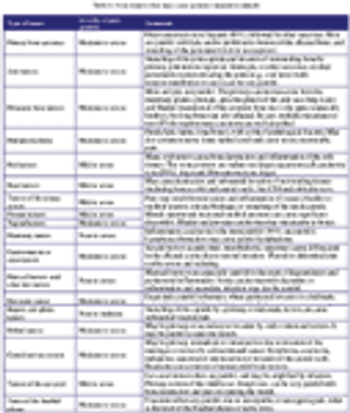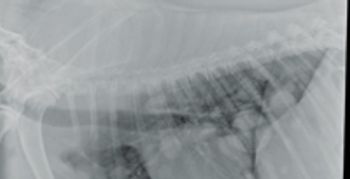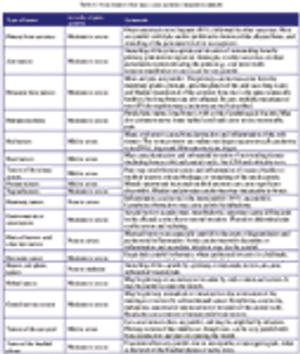
Biopsy and histopathology remains the gold standard diagnostic test for many conditions and for nearly all tumors and cancers. When performing this test, it is important to know what answers to look for, in order to obtain as much critical information as possible that may eventually impact the prognosis and the treatment planning.







